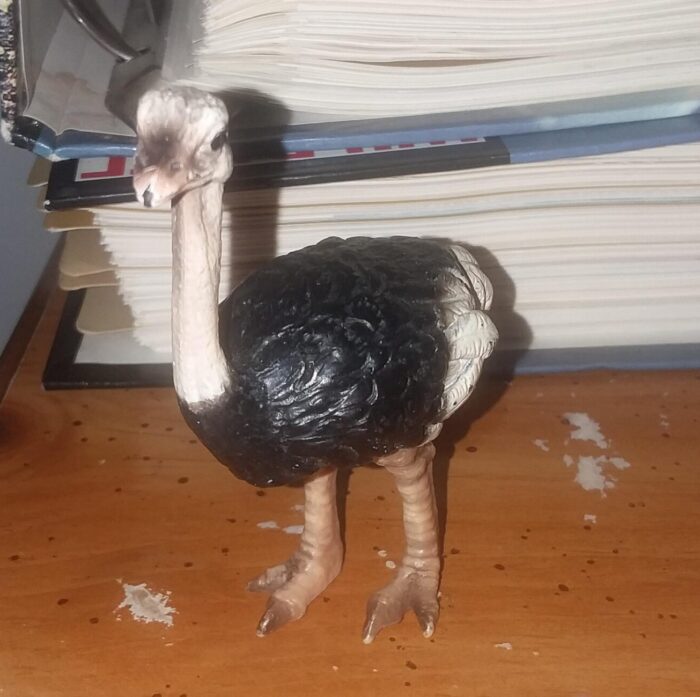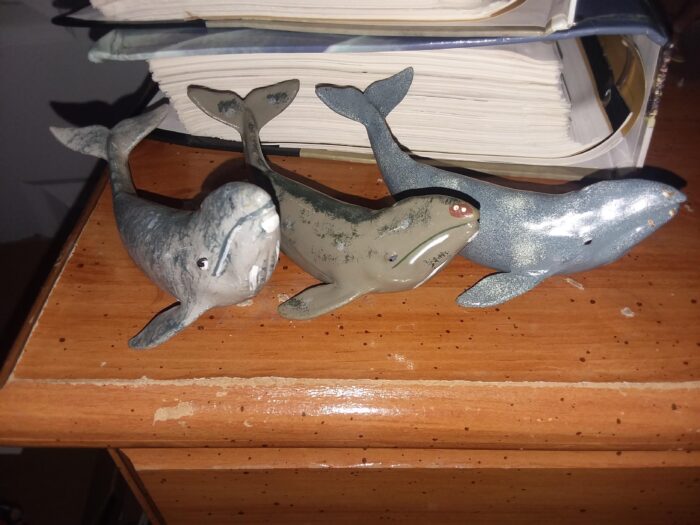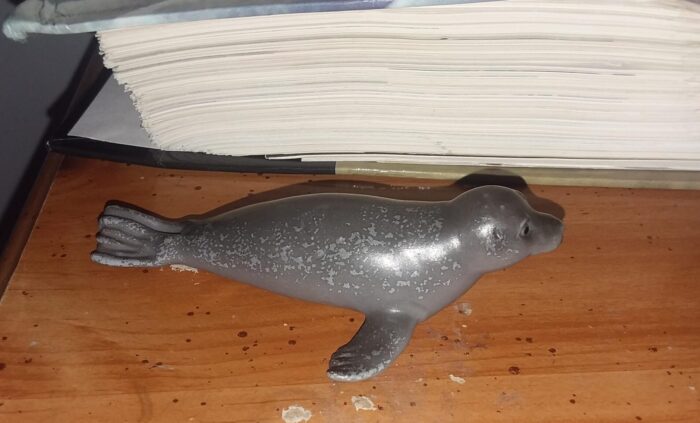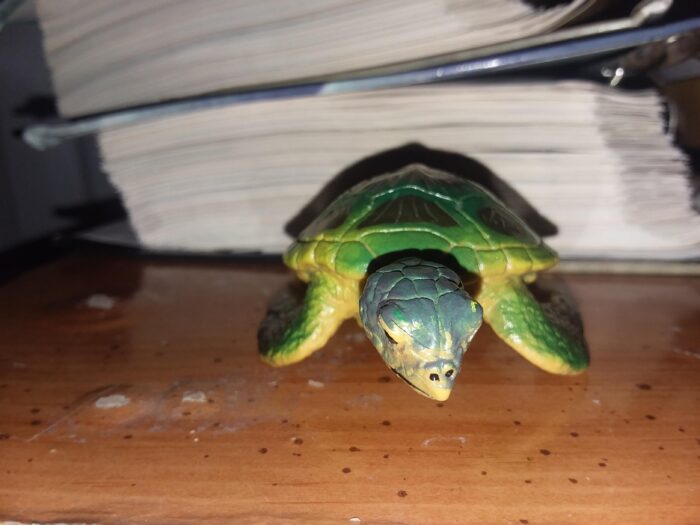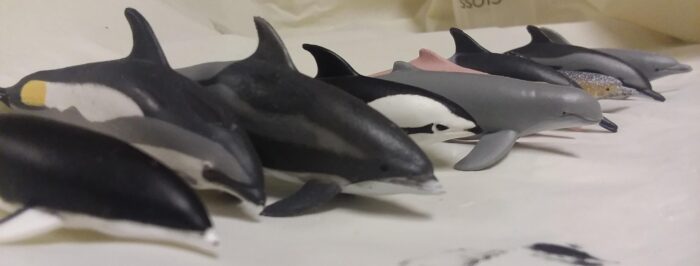Whale Shark (Monterey Bay Aquarium Collection by Safari Ltd.)
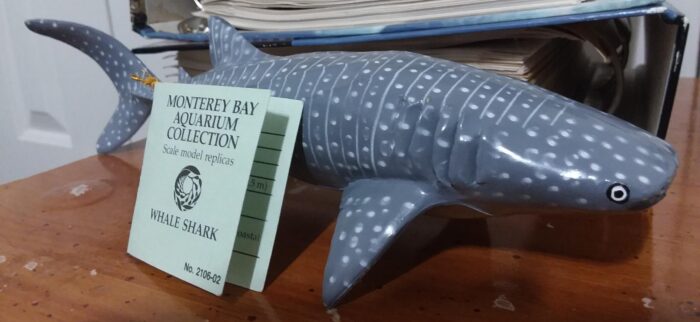
3.7 (3 votes)
Typically, the most famous sharks are the sensationalized ”man-eaters” like the great white (Carcharodon carcharias) or tiger shark (Galeocerdo cuvier). Instead, our focus will shift to a slow-moving filter-feeder, the whale shark (Rhincodon typus). The whale shark belongs to the order of Orectolobiformes, also known as ”carpet sharks”, and is the sole extant member of its family and genus.







